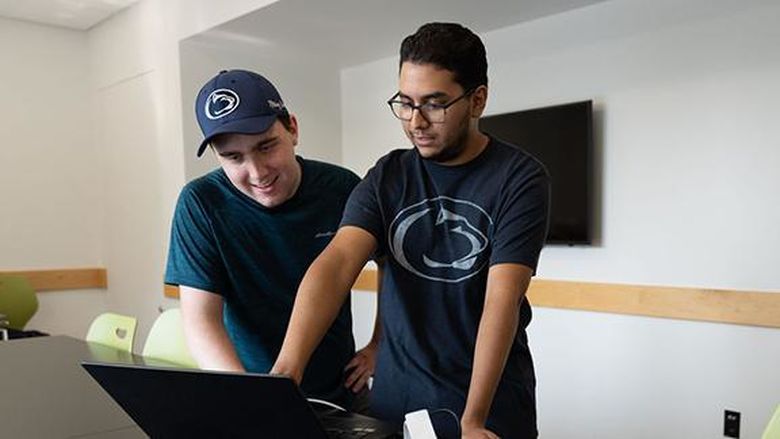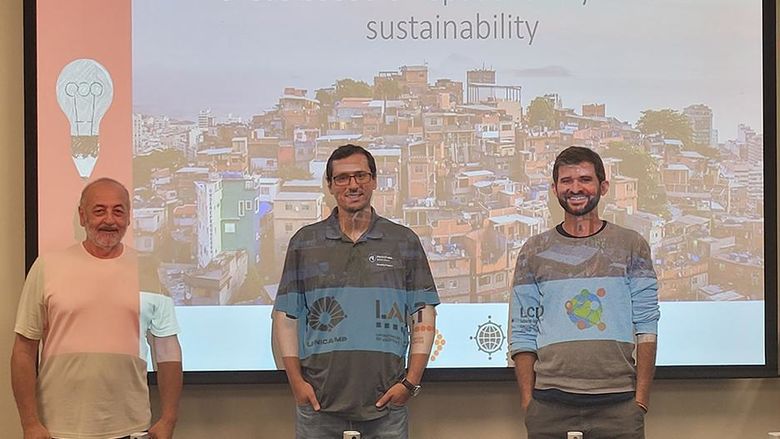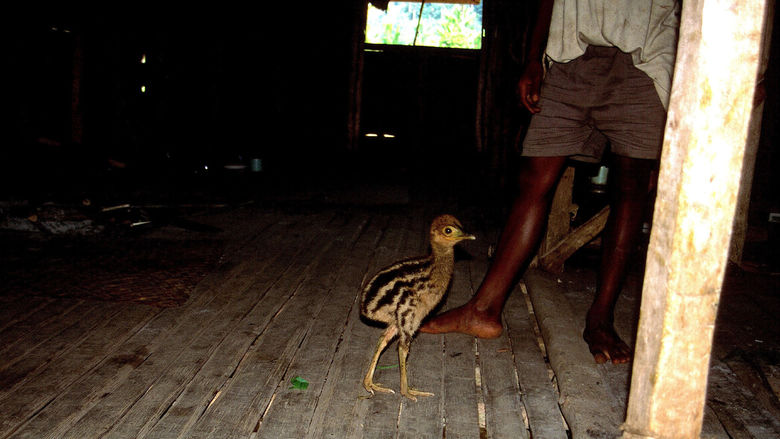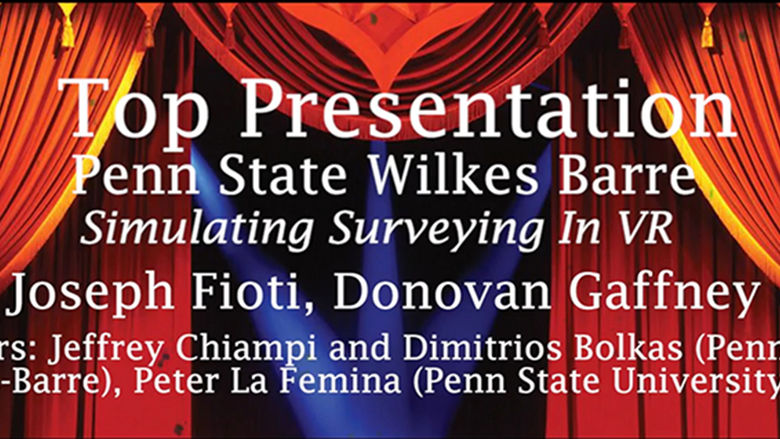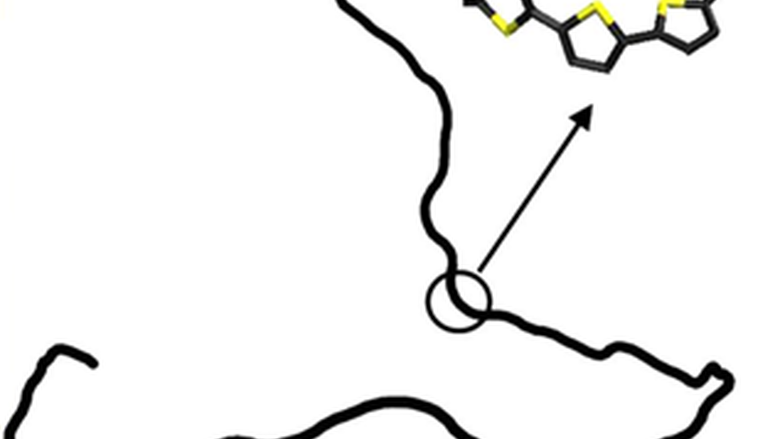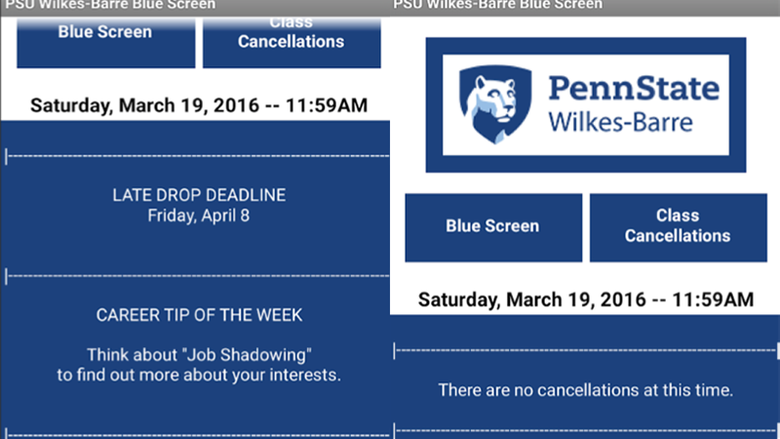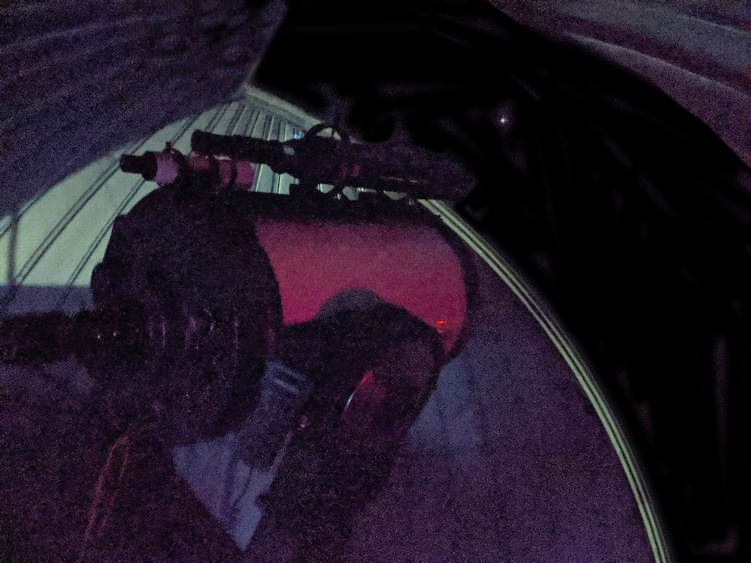
The telescope at the Friedman Observatory also viewed Mars (bright star pictured) on the evening of the occultation event.
LEHMAN, Pa. — Penn State Wilkes-Barre’s observatory recently observed an stellar event and shared data with NASA for use on a future mission to an unexplored region of the solar system.
In October, the asteroid Orus passed in front of a star, casting a shadow on the Earth that moved in a path across the United States starting in Massachusetts and moving down through Texas. The Friedman Observatory was near the center of this shadow and was the only observatory in the northeastern United States able to observe the event, known as an occultation.
Jason Mackie, a researcher with the Southwest Research Institute in Boulder (SwRI) reached out to campus officials to ask if they could observe the stellar event using Friedman Observatory’s 16-inch telescope for asteroid research being done in conjunction with NASA scientists. He worked with Violet Mager, assistant professor of physics and astronomy at Penn State Wilkes-Barre and director of the Friedman Observatory.
“They needed telescopes of at least our telescope’s size to be able to see the extremely faint target star,” Mager said. “Penn State Wilkes-Barre was happy to participate with the researchers to help them get the data they needed.”
The SwRI team needed multiple fixed-site observatories and portable telescopes positioned across the United States to observe the occultation. After a practice run a few nights earlier, a group made up of Mackie, Mager, Henry Throop of NASA and amateur astronomer Roxanne Kamin, a member of the International Occultation Timing Association who has led teams for prior occultation events in Arizona and Australia, prepared to observe the occultation at precisely 2:07 a.m. on Oct. 21.
Since the weather forecast called for 90% cloud cover at the time of the event, Mackie and Throop took a portable telescope to a different location and sent Roxanne Kamin to the Friedman Observatory with her specially designed occultation camera, in the hopes that at least one of the telescopes would get some useable data. At the observatory, Mager, Kamin and Jon Belanger, the Friedman Observatory assistant, continuously took 2.2-second exposures of the star over a six-minute time period.
“We were very lucky on the night of the event as the cloud system unexpectedly shifted its trajectory: the overcast skies cleared up completely just in time for us to prepare the telescope and find the target object. Then the clouds rolled back in after the event was over,” Mager said.
“The Friedman Observatory was one of only a few sites between here and Texas that successfully captured the occultation event. Many other telescopes were plagued with clouds or other factors that prevented data collection, such as fog, dew on the equipment or equipment glitches,” she said.
The project is being led by Brian Keeney and Marc Buie at SwRI and data from all telescopes involved in observations of the occultation were uploaded to their servers for processing by their research team. The scientists at SwRI are currently analyzing the data.
The images from the Friedman Observatory are valuable to SwRI and NASA for use on its Lucy spacecraft missions. Lucy will visit the asteroid Orus in 2028 at a nearest approach distance of 1000 kilometers (about 621 miles).
“Observing the asteroid as it passed in front of the star from different vantage points on Earth allows the scientists to get information about the three-dimensional shape of the asteroid, something Lucy won’t necessarily be able to do if it can’t see all sides of the asteroid,” Mager said. “Combining this data from the ground-based telescopes with the spacecraft’s observations will give us more information about the asteroid’s density and internal composition. The ground-based data will also help NASA better plan for the future Lucy mission to the asteroid.”
“Asteroids are leftover debris from the formation of the solar system — planetesimals, or pieces of planets — the building blocks of planets that either never made it into one, or were once part of a larger world that was shattered by a cataclysmic impact. Largely unchanged since this period of planet formation around 4 billion years ago, asteroids are one of the best objects to study to learn about this early history of our solar system and may hold key information about the origins of life on Earth,” Mager said.
The Friedman Observatory is named in honor of longtime Penn State Wilkes-Barre supporters Sidney and Pauline Friedman. The Friedmans contributed to several projects to bring advanced technology resources to Penn State students.
By establishing the first observatory in the area, they felt that they could offer students a rare opportunity to expand the way they understood the universe and themselves. They also believed that an observatory would be important for the wider community, offering an exciting educational resource for students from other institutions, children and adults.
The Friedmans also gave the campus the Friedman Art Gallery, a space in the Academic Commons that displays the work of students and local artists, as well as private collections.
The Meade 16" LX200 telescope in the Friedman observatory was a gift from their children, Rob Friedman and Anne Friedman-Glauber.
